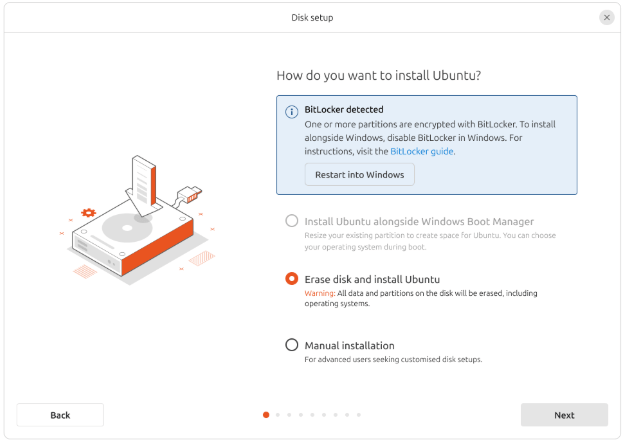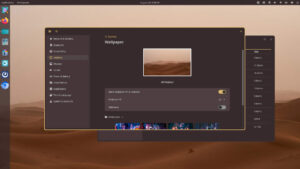Although Ubuntu’s latest and greatest has no shortage of features aimed at developers, for this article we’re concentrating on what it offers the average user.

Today Canonical released Ubuntu 25.04 Plucky Puffin. If you don’t know what a Puffin is, don’t feel bad. I didn’t either, at least not off the top of my head. They’re seabirds that inhabit northern climes in the Northern Hemisphere.
Like any new Ubuntu release, this one’s chock-full of new stuff both for developers and regular everyday users. For this review, were going to stick with the everyday user stuff and let the devs fend for themselves.
For starters, 25.04 ships with the Gnome 48 desktop, which just so happens to be Gnome’s latest and greatest. Released in late February, it’s notable for supporting triple buffering for smoother animations and reduced CPU and memory use. In addition, the folks at Canonical have baked in some other performance enhancements across a wide range of hardware — you can read the release notes here — and have added support for ARM64 machines, which means you can give it a go on your Raspberry Pi if you want.
The Gnome 48 Experience
I’ve been using Linux for nearly a quarter of a century, and during that time I’ve never particularly cared for the Gnome desktop. However, I don’t hate it and I do find much to like about it. In fact, I used it pretty much exclusively for a couple of months about six years ago, after I purchased a Darter Pro from System76 and was seriously considering switching to the brand’s Pop!_OS distribution, which in those days defaulted to Gnome instead of Cosmic.
What I’m getting to is that even though Gnome isn’t my cup of tea — my preferences run towards KDE and Xfce — the DE does have much to recommend it. The new version comes with triple buffering support, which is integrated into the DE’s Mutter display manager, as well as other new features, such as HDR support, which allows users with compatible monitors to enable HDR directly from the display settings.
There’s also a new “Wellbeing Panel,” which provides screen-time tracking and helps users manage their usage habits, and for laptop users a “Preserve Battery Health” mode that helps extend battery life through fine-grained optimization of charge cycles.
Gnome 48 also swaps out its longtime PDF reader, Evince, for Papers, which is basically a GTK4 fork of Evince which brings a lot of under the hood improvements such as code optimizations, as well as GTK4’s performance enhancements and modern rendering. Papers also brings a handy new feature to the table that anyone who has ever worked remotely will appreciate: digital document signing.
Other Notable Changes
As with any engineering project, not all of the changes in Ubuntu 25.04 were entirely by choice.
For example, Canonical has been forced to find another geolocation service after Mozilla shut down its crowdsourced and privacy-focused Mozilla Location Service last year. To replace MLS, Canonical has chosen another privacy-focused project, BeaconDB, which was designed specifically to replace Mozilla’s project. The service relies on crowdsourced Wi-Fi/Bluetooth-based location data, which means that the accuracy of its results will ultimately be determined by the amount of community involvement it can muster. However, it’s considered to be the most privacy aware and open-source friendly of all the available options.
The new Ubuntu also comes with a new enhanced installer and boot experience. Here, Canonical is claiming an improved user experience when installing Ubuntu alongside other operating systems, which includes advanced partitioning and encryption options as well as better interaction with existing BitLocker-enabled Windows installations.
If you’d like to take Ubuntu 25.04 Plucky Puffin out for a test drive, it’s available for download here.

Christine Hall has been a journalist since 1971. In 2001, she began writing a weekly consumer computer column and started covering Linux and FOSS in 2002 after making the switch to GNU/Linux. Follow her on Twitter: @BrideOfLinux




